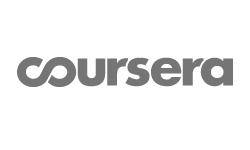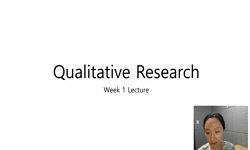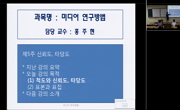The purpose of this study is to present the basic materials and methods of research and development in the field of sex education in early childhood, analyzing the research trends by year, by topic, and by methodology as noted in theses on, or related...
http://chineseinput.net/에서 pinyin(병음)방식으로 중국어를 변환할 수 있습니다.
변환된 중국어를 복사하여 사용하시면 됩니다.
- 中文 을 입력하시려면 zhongwen을 입력하시고 space를누르시면됩니다.
- 北京 을 입력하시려면 beijing을 입력하시고 space를 누르시면 됩니다.

유아 성교육 관련 연구동향 분석 -국내 학위논문을 중심으로- = An analysis of research trends in early childhood sex education
한글로보기https://www.riss.kr/link?id=A82668001
- 저자
- 발행기관
- 학술지명
- 권호사항
-
발행연도
2011
-
작성언어
-
-
주제어
유아 성교육 ; sex education ; 연구동향 ; research trends ; 연구주제 ; research subject ; 연구방법 ; research method
-
KDC
300
-
등재정보
KCI등재
-
자료형태
학술저널
- 발행기관 URL
-
수록면
83-99(17쪽)
- 제공처
-
중단사유
※ KISS의 원문 서비스 중단에 따라, 학술지명을 클릭하여 [복사/대출] 서비스를 이용해 주시기 바랍니다.
- 소장기관
-
0
상세조회 -
0
다운로드
부가정보
다국어 초록 (Multilingual Abstract)
The purpose of this study is to present the basic materials and methods of research and development in the field of sex education in early childhood, analyzing the research trends by year, by topic, and by methodology as noted in theses on, or related to, sex education. A total of 120 theses were chosen from 1967 to 2010 and were analyzed. In this study, classification centered on research topics and research methods in identifying trends. The results of this study are as follows; First, from 1981 the number of theses gradually increased and then, from 2001, the increase was rapid. Second, the research topic, ``education method`` to be employed in teaching sex education played the biggest role. Third, in the category of research method, using objects that looked like human beings and human reproduction were much emphasized, children aged five were the early childhood age group most targeted for sex education, and research studies using a quantitative approach were most numerous. For data collection, measurement instruments were the most commonly used.
동일학술지(권/호) 다른 논문
-
다문화 가정의 사회적 관계 문제를 가진 유아 모자의 상호작용 지원 프로그램 효과 연구: 치료놀이 중심 기관 및 가정 중재를 중심으로
- 한국유아교육학회
- 정계숙 ( Kai Sook Chung )
- 2011
- KCI등재
-
수학적 의사소통과 표상을 강조한 수학활동이 유아의 수학적 개념 형성에 미치는 영향
- 한국유아교육학회
- 이은영 ( Eun Young Lee )
- 2011
- KCI등재
-
손자녀 양육에 참여하는 조모의 이미지에 관한 연구: TV 드라마를 중심으로
- 한국유아교육학회
- 최혜순 ( Hye Soon Choi )
- 2011
- KCI등재
-
- 한국유아교육학회
- 강희연 ( Hee Yun Kang )
- 2011
- KCI등재




 KISS
KISS






